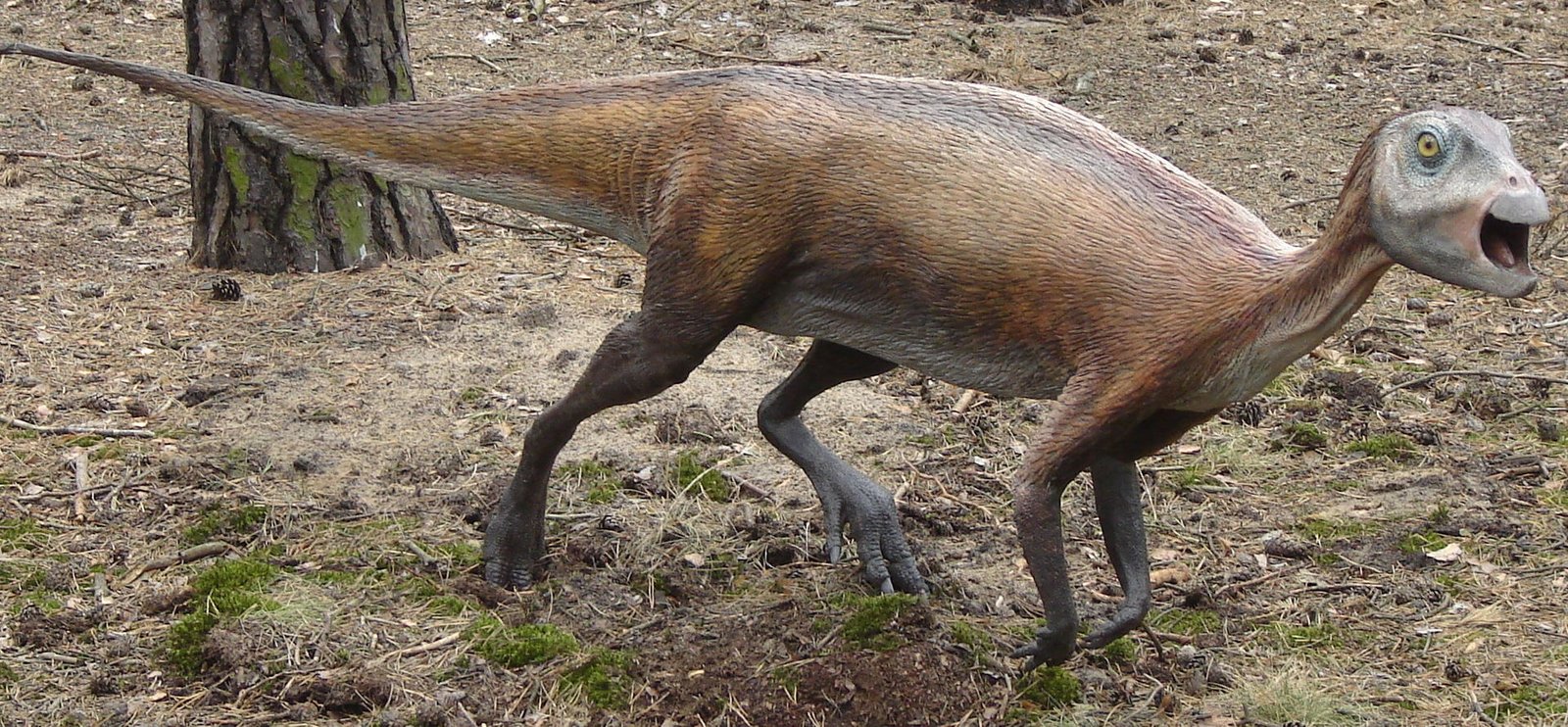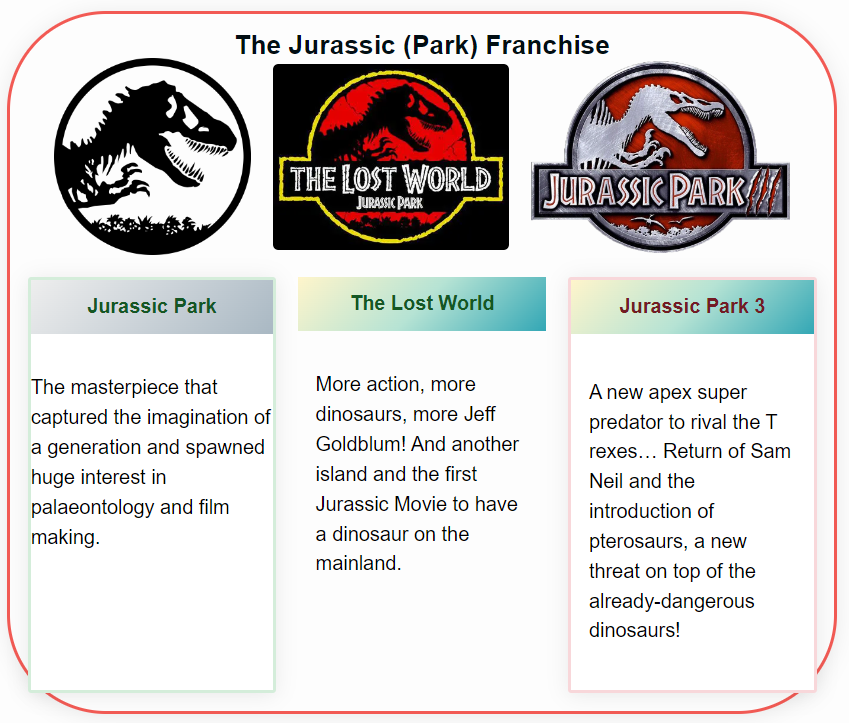The Iguanodont Dinosaur Named After a Company
Atlascopcosaurus is a genus of herbivorous basal iguanodont dinosaur that lived during the Early Cretaceous period in what is now Australia. The name Atlascopcosaurus comes from the Atlas Copco company, which sponsored the dig that discovered the remains of the dinosaur by providing equipment.
Discovery and Characteristics
The remains of Atlascopcosaurus were found at Dinosaur Cove in Victoria, Australia, and were first described by Tom Rich and Patricia Vickers-Rich in 1988. The remains consisted of two partial maxillae (upper jaws) that were estimated to be around 105 million years old. Based on these remains, scientists have reconstructed Atlascopcosaurus as a small, bipedal herbivore that was around 2-4 meters (6.5-13 feet) long and weighed about 125 kilograms (275 pounds).
Naming
The name Atlascopcosaurus is derived from the Atlas Copco company, which sponsored the dig that discovered the remains of the dinosaur by providing equipment. The type species name, loadsi, is in honor of William Loads, the then state manager for Atlas Copco who also assisted in the dig.
Diet and Habitat
Based on its skeletal structure, Atlascopcosaurus was likely an herbivore that fed on a diet of vegetation. It lived in a lush, tropical environment that was filled with a diverse range of flora and fauna, including other dinosaurs like the Leaellynasaura.
FAQ
Is Atlascopcosaurus related to other dinosaurs?
Atlascopcosaurus is a member of the Euornithopoda group of dinosaurs, which were known for their herbivorous diet and bipedal stance. Other members of this group include the Iguanodon and the Hadrosaurs.
How big was Atlascopcosaurus?
Atlascopcosaurus was a relatively small dinosaur, measuring around 2-4 meters (6.5-13 feet) long and weighing about 125 kilograms (275 pounds).
What did Atlascopcosaurus eat?
Based on its skeletal structure, Atlascopcosaurus was likely an herbivore that fed on a diet of vegetation.
What is the significance of Atlascopcosaurus?
Atlascopcosaurus is significant because it helps to fill in gaps in our understanding of the prehistoric fauna of Australia.
It is one of the few known dinosaurs from the continent, and its discovery sheds light on the diversity of dinosaurs that lived in Australia during the Early Cretaceous period.
Additionally, the name Atlascopcosaurus serves as a reminder of the important role that companies and organizations can play in supporting scientific research and discovery.


